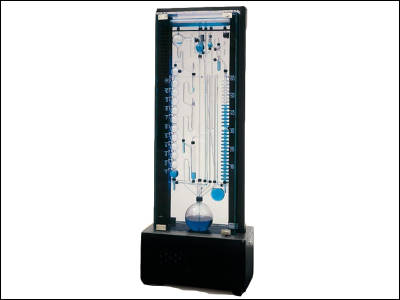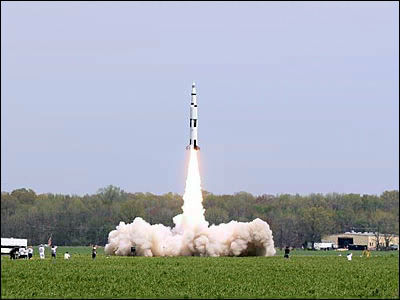Cheap artificial satellite '$ 50 SAT - Eagle 2' that can be made with only tens of thousands of yen

When it comes to satellite development, many people have the image of a big project that requires a huge amount of national budget. However, among the artificial satellites that have been sent into space so far, there is also Eagle 2, ``
$50SAT - Eagle2 - $50SAT - Eagle2
http://www.50dollarsat.info/
$50Sat Eagle2 PocketQube Operational | AMSAT-UK
https://amsat-uk.org/2013/11/22/50sat-eagle2-pocketqube-operational/
Russian Dnepr conducts record breaking 32 satellite haul - NASASpaceFlight.com
https://www.nasaspaceflight.com/2013/11/russian-dnepr-record-breaking-32-satellite-haul/
$50SAT is an artificial satellite produced by an educational project conducted jointly with amateur radio operators by a team led by Professor Bob Twigs of Morehead State University in the United States. The main purpose was to give engineering and science students practical skills and to evaluate the cost-effectiveness of Professor Twigs' PocketQube satellite.
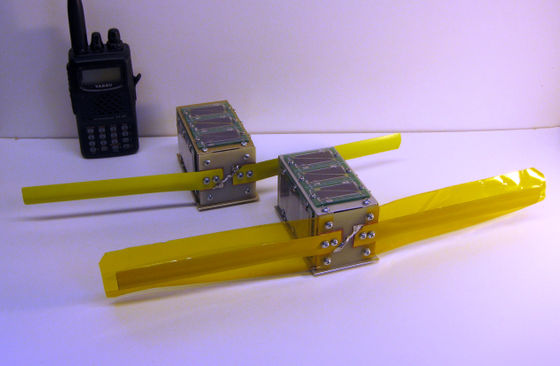
The heart of $ 50 SAT, which costs less than $ 250 (about 34,000 yen) for parts only, consists of two 40 mm x 40 mm circuit boards. The first is the processor and radio communication board, which contains devices such as microcontrollers and radios. The second board is the power supply control and management board, which monitors the energy of the solar array on the side of the fuselage and the 3.7V lithium-ion battery for the camera.
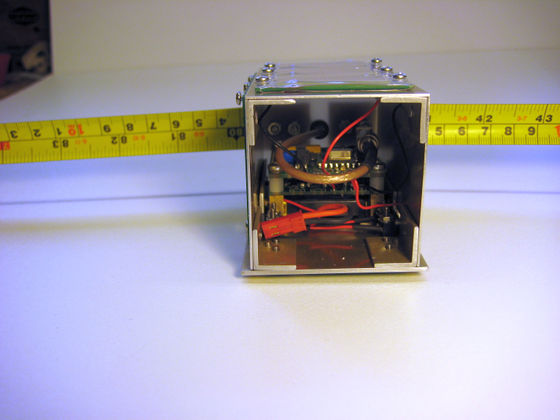
The $50 SAT launched on November 21, 2013 on a Dnieper rocket from the Yasny Cosmodrome in Dombarovsky, Russia. Below is a movie that shows the situation at that time.
A total of 32 satellites were carried on the successfully launched rocket.
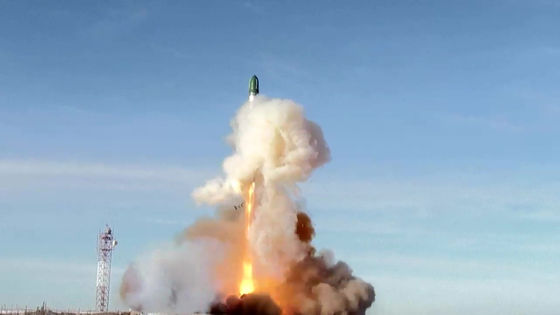
Among them, the $50 SAT is launched by Italy's UNISAT -5 mission , which packs nine CubeSats into a single small satellite and launches them together. was sent into orbit with
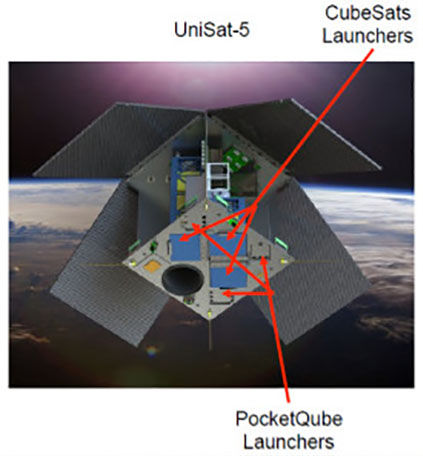
After the launch, the $50 SAT showed success in that it could continue to operate for a long period of time, far exceeding the expectations of Professor Twigs and his team. The last communication was on July 19th, 2015, when the batteries and solar cells reached their limits and the electronics were shut down to prevent malfunction.
Related Posts:





